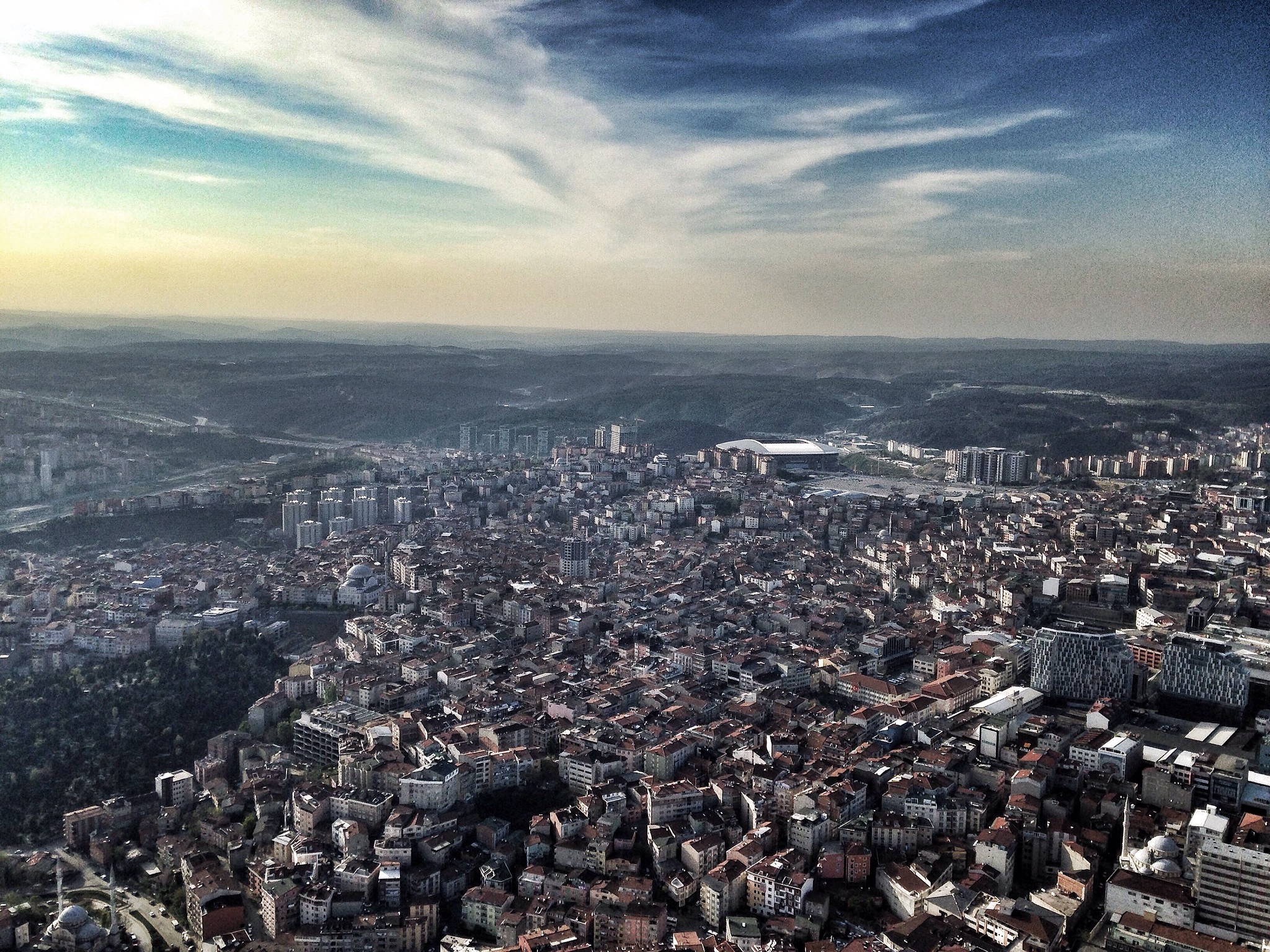
- Close
28/09/2020 | Istanbul
How might COVID-19 change urban design methods?

The COVID-19 pandemic will lead to a large-scale re-think of urban planning methodology, in the same way methods are re-assessed after a natural hazard event.
High population density in cities has been highlighted as a risk factor for both hazards and pandemics. An immediate challenge lies in re-planning compact urban areas, which provide significant benefits for a liveable city, but on the other hand increase the risk of spread of pandemics and may cause collapsed buildings to block access to areas after earthquakes. If urban areas aren’t redeveloped, for those who can afford to, living in suburbs and satellite cities will probably be preferred to living in dense city centres. Although this may cause an increase in traffic into cities and longer travel times, home-based working and the acceleration of digital transformation may decrease the demand for commuter trips.
Moreover, open spaces in cities as both post-disaster meeting points and leisure space have to be re-assessed to consider pandemics. If urban design is aiming to reduce spread of possible pandemics, planners may consider creating open spaces within reach of each neighbourhood and define their potential users in order to control the possible spread of diseases. Pedestrian and bicycle transport is crucial for urban outdoor activity planning and may become more popular as daily traveling distances decrease in the case of restriction of urban mobility to a certain territory. People’s behaviour throughout the pandemic has shown us that shopping malls are losing popularity, meaning neighbourhood-scale retail opportunities may become important again.
In the post- COVID era, utopian approaches in planning and design literature should be reconsidered. There may be a need for redevelopment of cities, with housing not exceeding a certain population density, the creation of new open, green areas and even the possibility of communities having their own urban agricultural fields with planned production/consumption possibilities and logistics. Because jobs which allow working from home and affordable new housing structures will challenging to access for the urban poor, allocating resources for public housing planning for underserved communities should be on the agenda of decision makers.
The question that should be discussed in terms of regional development is whether horizontally and vertically growing megacities or a network of small cities that complement each other in terms of production and consumption will be the right choice to prevent disaster and pandemic risks.
Find out more about Tomorrow’s Istanbul
Follow Tomorrow’s Istanbul on Twitter
Photo credit: Andrew Reilly, Flickr


